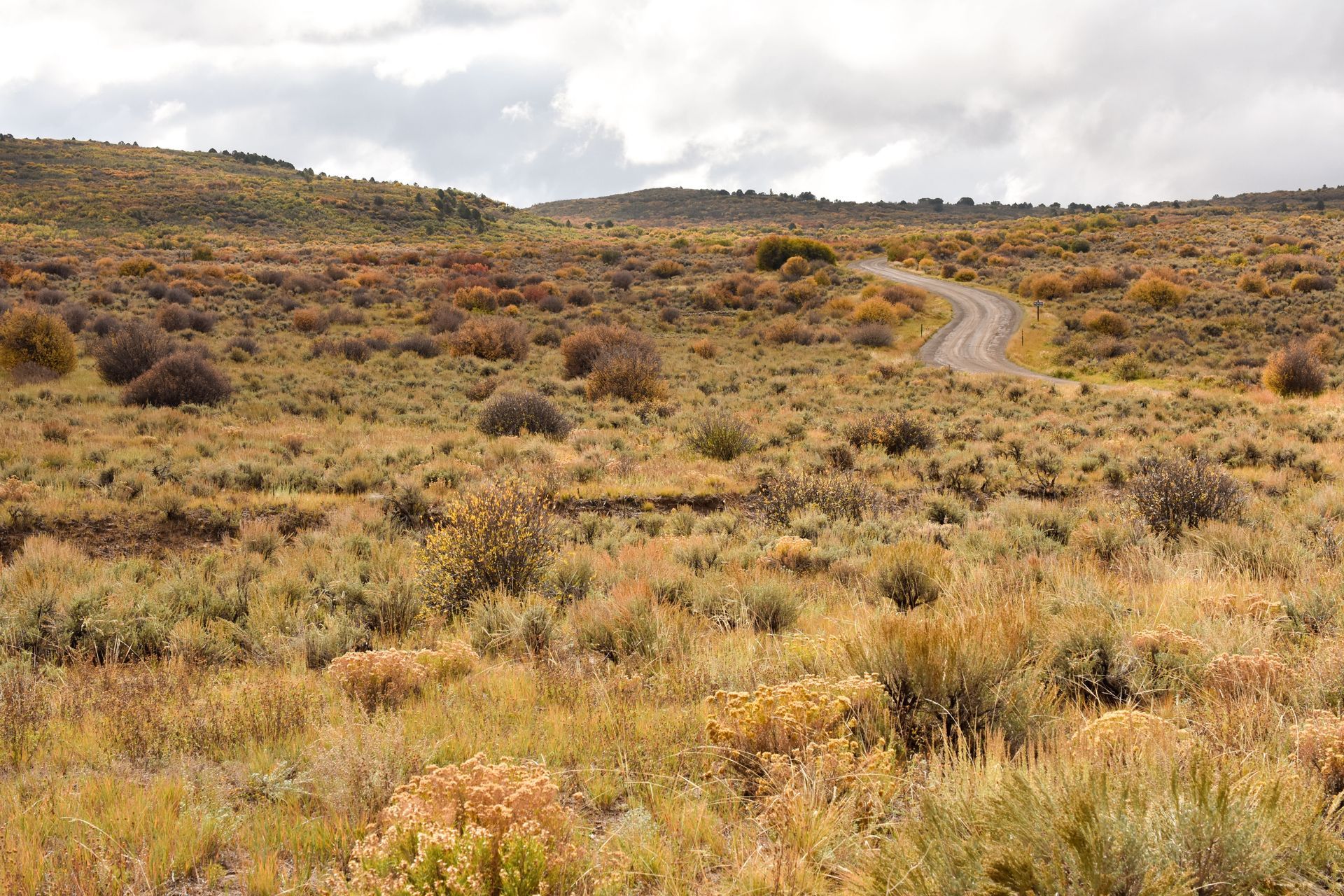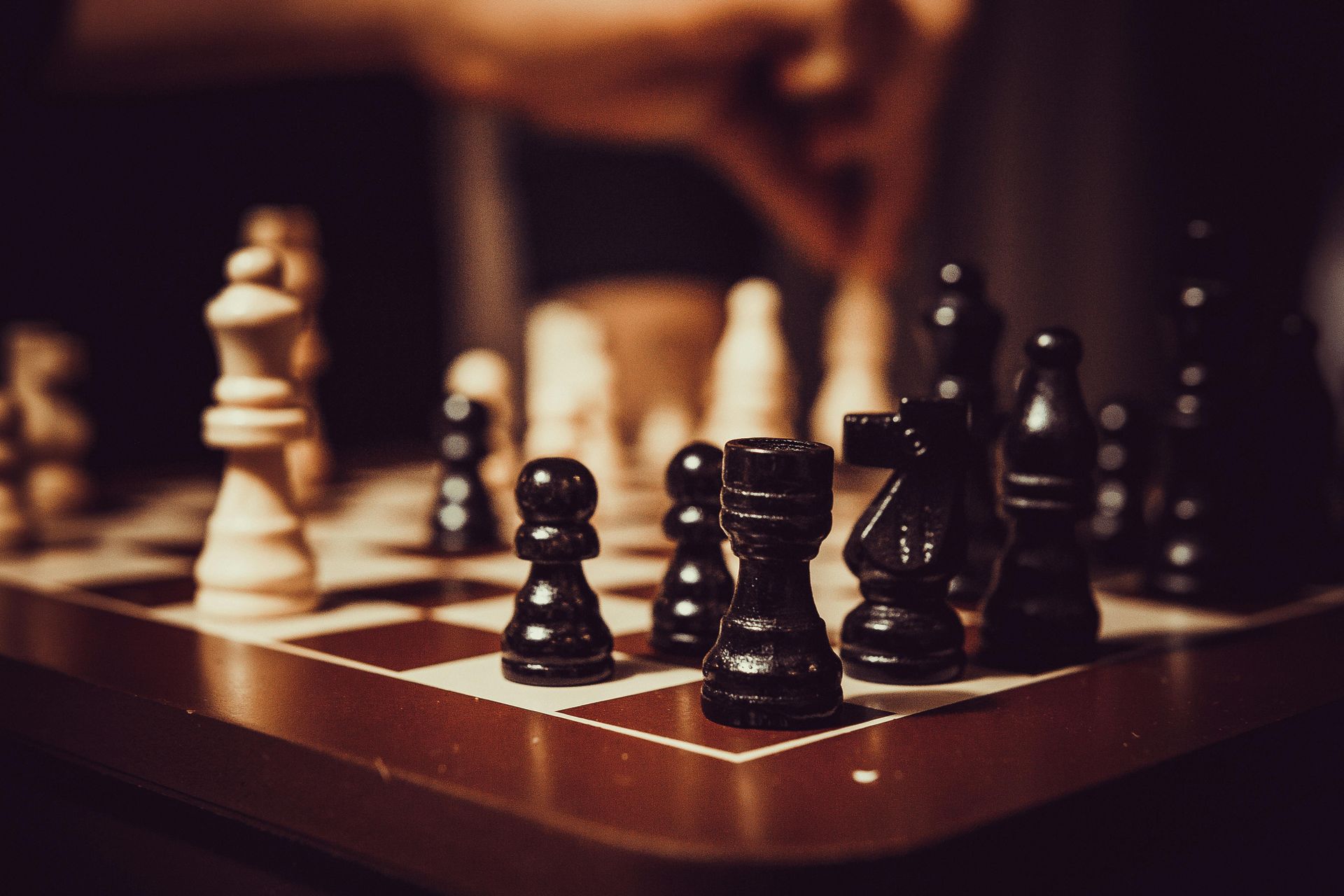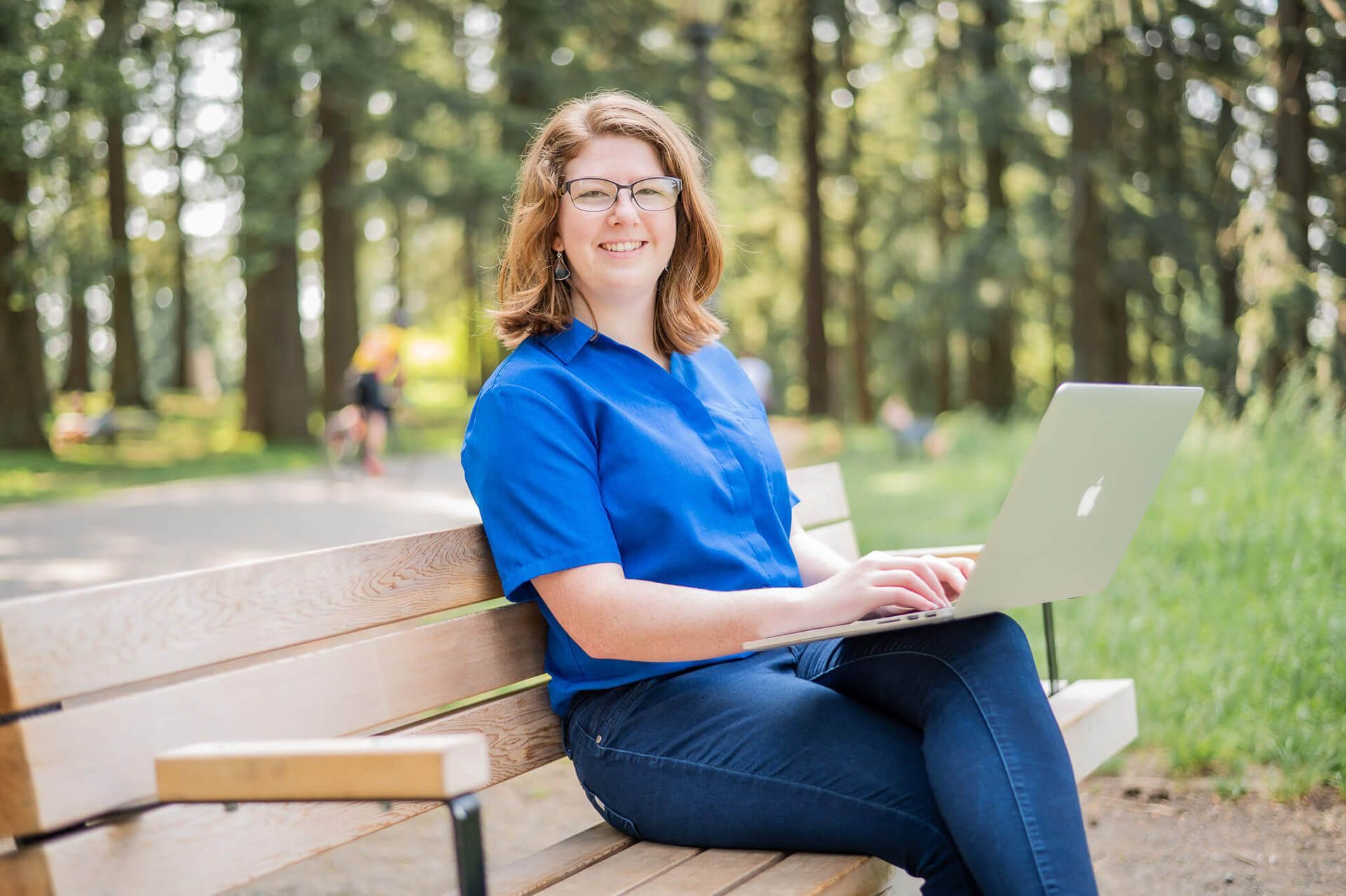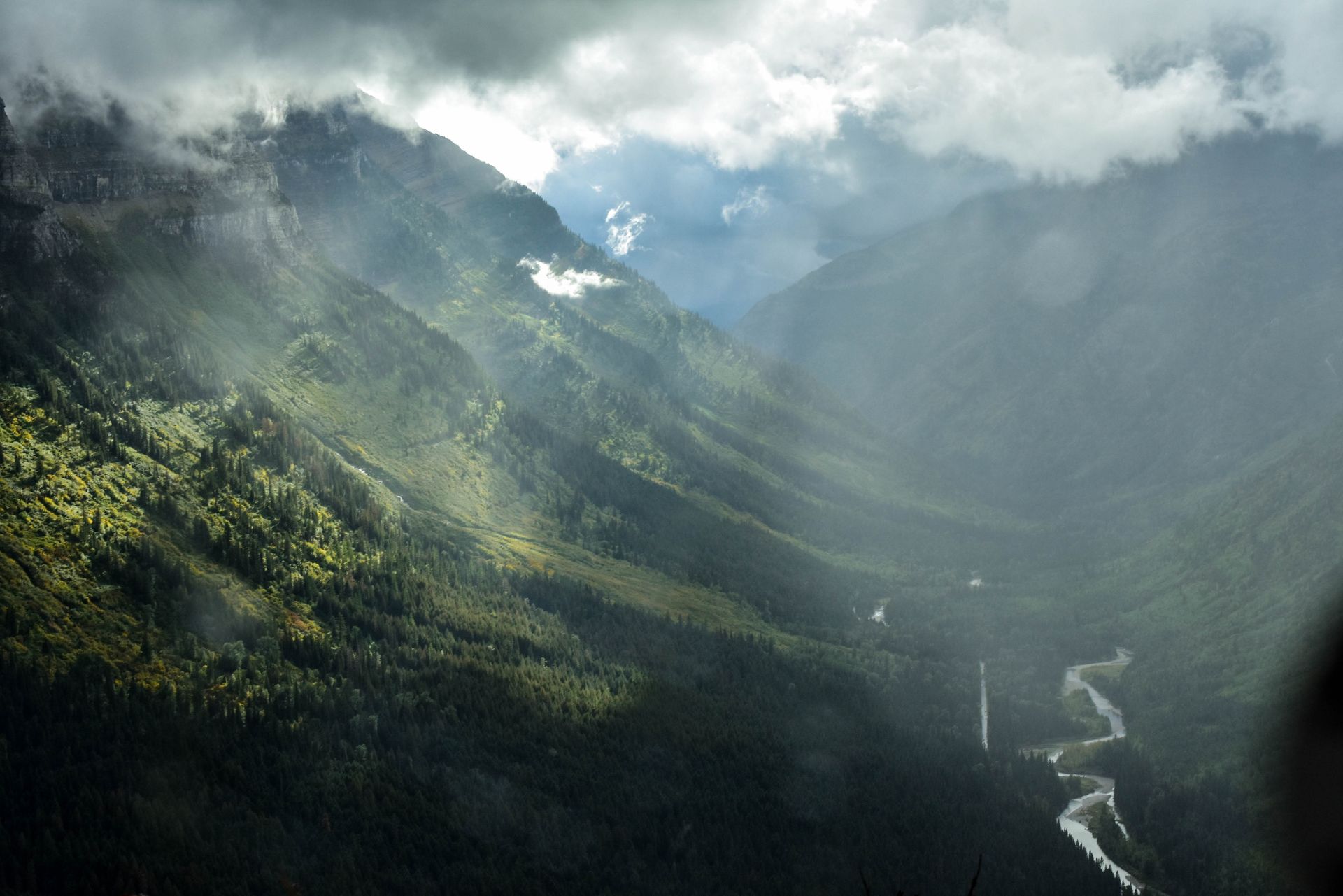The Overlooked Consequences of AI Integration
Originally published on RLC Roots via Substack. Subscribe to be the first to see our newest posts.
What is lost when the human creative process is relinquished?
A Loss of Identity, Integrity, and the Ineffable
Imagine two hypothetical scenarios.
One is where you receive a gift from someone. It’s something you’ve wanted for a long time, and only your closest friends and family know about it. Your birthday comes around and your aging mother, who has been on a dramatic health decline in the past year, procures this special gift for you: a tiny sculpture of an elephant with its trunk turned up (symbolizing good luck in many cultures), made of garnet stone, mined in the area of India you once visited and loved during your time in the Peace Corps, sold by a friend who runs a local small business.
The gift, given at a special time, from a special person, and from a special place, is now laden with meaning and memory.
Now imagine that you purchase that same gift on Amazon. It’s not made from the same precious stone (though it looks exactly the same), nor was it made in the same region. You bought it for yourself because you wanted it, and you took the quickest route to get it into your possession.
It lacks the meaning, care, intention, and uniqueness of the way in which the first item was made its way to you.
This metaphor can be applied to the difference between something AI-generated and something that has been developed through an intentional, creative process with other human beings.
When someone purchases a logo from an online AI logo generator, decades of experience from a designer (years of schooling, countless hours being inspired by books, trips to museums, and wandering art galleries, and thousands of experiences with developing original work for clients) is lacking. The reciprocity of paying a designer for their work and valuing their decades of mastery is lost. The “a-ha!” moment is never reached when the pieces of the puzzle in the creative process come together and the designer arrives at the long sought-after solution. And most importantly, the creative collaboration and the human connection between the client and the designer cease to exist.
As a result, the final product generated by AI lacks wisdom, integrity, and depth.
The quickest route from point A to B is not the best route, as we know. It’s certainly not the most scenic. David Whyte, a celebrated Irish poet, once said: “If you hear the word ‘shortcut’, run in the opposite direction.”
Cognitive Decline
When an idea hits, what is the first thing you do? Grab a pen and paper to jot down some notes? Or do you start typing into a prompt bar? Although both require some problem-solving skills, refining to uncover the desired result and working through all aspects of an idea can help us dig deeper.
Many creatives are familiar with that “stroke of genius” moment. Sometimes it hits in the shower, on a walk, while exploring another concept, or even creeping in through the fog as you open your eyes in the morning.
Eliminating such an integral part of the creative process could stunt our best ideas from fully emerging from the depths of our minds.
Remember what life was like before the Google Maps app? People used to have some sense of the surrounding neighborhood and city and how to navigate the roads without assistance. Many have lost a sense of direction and navigational ability in the wake of being able to insert an address into an app and get directions instantly without ever needing to remember them.
What about doing simple math in your head before the advent of a calculator app? Or needing to memorize information like a recipe or a poem or the lyrics to a song, because it wasn’t readily available on the internet? Studies show that humans are declining rapidly in cognitive ability, and the reliance on technology and AI can be partly to blame.
Threat of False information and Accessibility
Nearly all of us have been fooled at some point by fake, AI-generated content online.
During the reporting of recent LA wildfires, there were an assortment of AI-sourced images circulating worldwide that weren’t real. This article from NPR showcases the identified images along with tips for spotting them from BBC and NPR.
Another viral trend has been the spread of fake animal rescue videos. These videos tug at our hearts and play with our emotions. They can also sometimes encourage people to interact with wild animals, which can be potentially dangerous. Here is a marine biologist that walks the audience through how to spot false, AI-generated rescue videos:
A friend who is a ghost writer for scientific articles (which requires extensive research) recently discovered references listed at the end of “factual” information that were completely made up. AI has learned how to memorize citing styles (MLA, APA, and Chicago) and formulate “references” of its own, no factual reference required. Mathew Hillier, a Macquarie University student, conducted an experiment to test this himself in February 2023.
That’s not to say that all AI software follows these citing patterns, but it is something to consider when digging into research (especially if it’s a few years old). And if you are looking for ways to ensure a reference is factual, there are a few great resources listed on the Rasmussen University Library website here.
These issues raise new questions surrounding the free use of AI and the increased threat of misinformation that comes with them.
Someone can generate a false image that can go viral, created and posted from their phone, in seconds.
Not only does this raise the question of ethics but one of accessibility.
Should AI image generation be free to use by anyone? Should it be regulated? Should these images have an automated tag disclosing their source?
AI is already trickling through mainstream media, so people will have to become more vigilant in regards to false information.
If credible news sources are paywalled, will that lead to lower income communities being inundated with misinformation and fear-mongering?
Energy Use and Environmental Impact
Many people have not yet considered the direct impact their latest Chat GPT query or DALL-E image generation.
Read about the environmental impacts from AI integration in this article from MIT News. The article covers rapid growth projections for energy use as a direct result of AI, stats on water resources being used to keep data centers cool, and the resources needed to build the physical infrastructure being created as a result of the AI boom.
“Researchers have estimated that a ChatGPT query consumes about five times more electricity than a simple web search.”
Adam Zewe | MIT News
The United Nations Environment Programme (UNEP) created a document about “The Environmental Impact of the Full AI Lifecycle” that contains a more complete look at AI’s environmental footprint.
The increased demand in resources will inevitably lead to more environmental inequity, disproportionately impacting low-income and vulnerable communities. Read “The Uneven Distribution of AI’s Environmental Impacts” by Shaolei Ren and Adam Wierman if you are interested in learning more.
Navigating the Brave New World
The integration of AI will continue to expand and deepen, despite any of the potential pitfalls and objections.
The greatest change we can affect on our own communities and future generations will be choosing how we interact with AI moving forward, and remember, that is always a choice.
Here are a few suggestions on how to avoid creative loss in the wake of AI dominance, remain discerning about information sources, and preserve what’s sacred:
- Support and preserve old traditions and classical modes of making art. Buy from local artists and indigenous craftspeople and meditate on the value of ancient forms of arts and craft. You can even learn an ancestral craft from your own lineage or one that inspires you (for example, Japanese origami, Peruvian weaving, Ukrainian pysanka egg decorating, or Turkish marble-painting).
- Create with your hands. There is something truly unique about using our hands to create—it helps us reconnect with the world around us, nurture our inner child, explore new processes, and better understand ourselves. If we allow ourselves to explore and get messy, we can create something from the heart that shares a piece of our soul. That is a level of authenticity that AI will NEVER replace. We are all capable of creating—what have you been craving to create?
- Value the human touch. Whether in your business or your personal life, choose to work with and pay a human who has developed expertise in a craft, rather than take a shortcut with an online generator.
- Don’t jump to ChatGPT. Instead of perfecting a ChatGPT prompt, start reflecting on your own writings to uncover what could be improved or refined. Taking the time to look back at old writings can also leads to rediscovery and critical thinking.
- Fact check your work and thoroughly vet the content you consume. Check your sources and take some time to process information before you assume it is fact. Going straight to the source of information, rather than through a third-party sharing it, will also be more valuable than ever before.
It’s hard to predict what the future will reveal about the side effects of rapid AI integration that we’ve all witnessed the last couple years. Certainly, there will be benefits, and perhaps we will find ways to combat some of these potentially fatal flaws. Through it all, we have to remember to stay true to ourselves, connect with others, and continue creating on our own.
Contributor Spotlight
Renée Fidz is the creator of Hearth Guide, a Substack featuring writings on reconnection to nature, art, healing, magic, and building community. She is an intuitive designer and guide who works with small business owners to express and merge their life purpose with their brand and business. Learn more her work and reach out at reneefidz.com.











